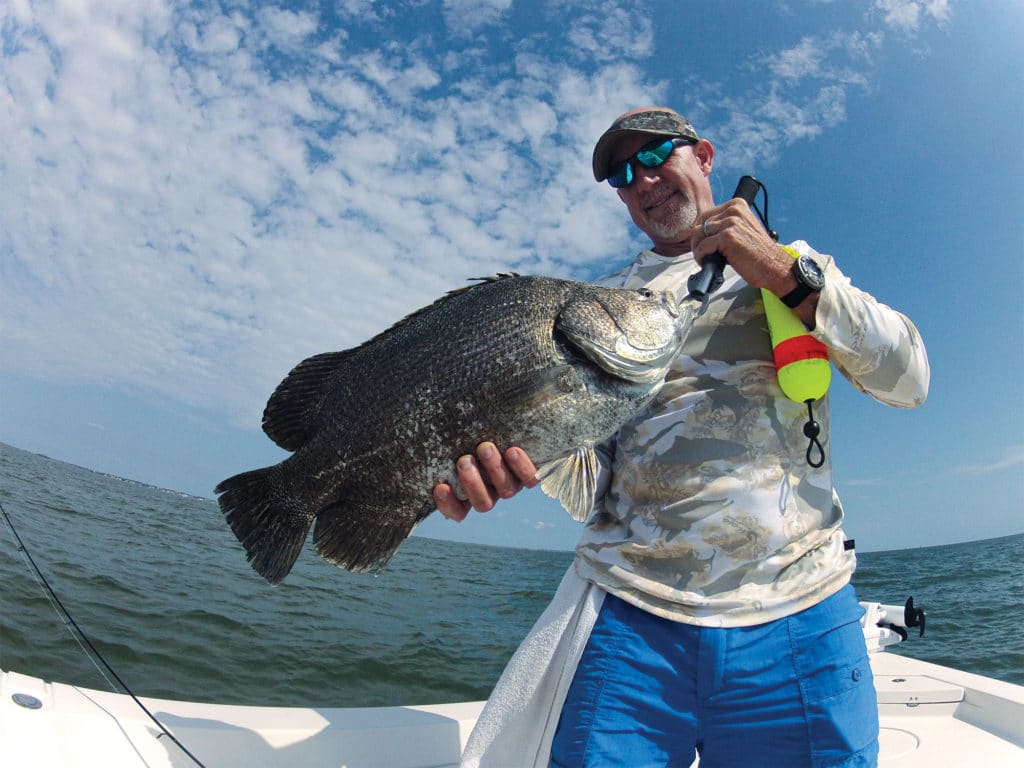
Sight Fish Tripletail on the Georgia Coast
This master of camouflage offers sight-fishing thrills along the southern coast of Georgia.

This master of camouflage offers sight-fishing thrills along the southern coast of Georgia.
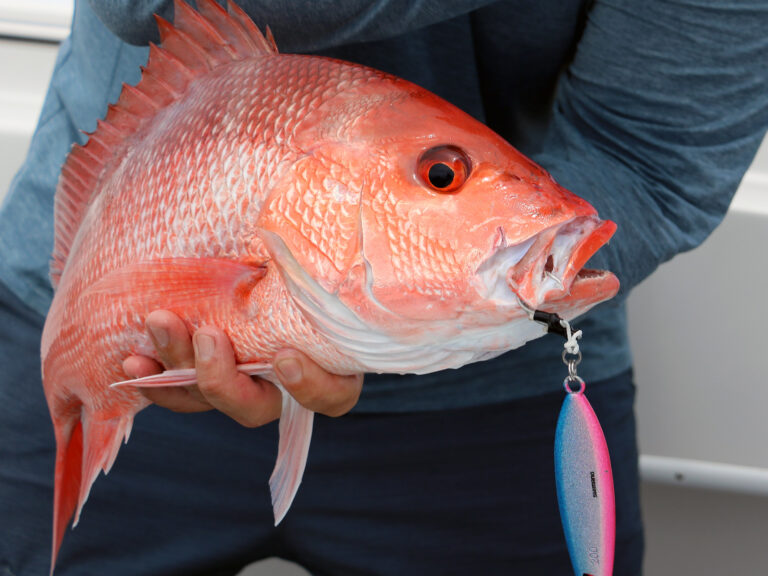
Alabama’s Gulf coast offers exceptional red snapper opportunities when the season’s open.
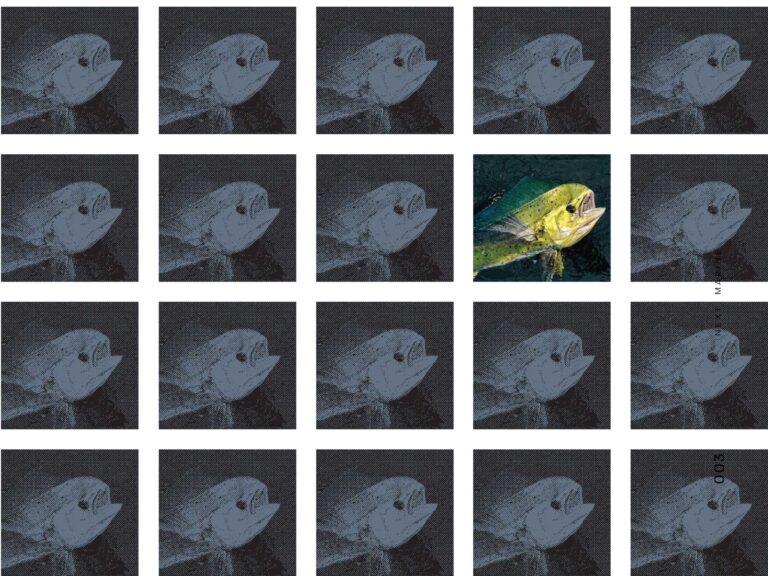
Investment in critical data collection can help ensure that our fisheries survive and thrive.

Decipher how current interacts with a jetty to crack the code and catch more fish.
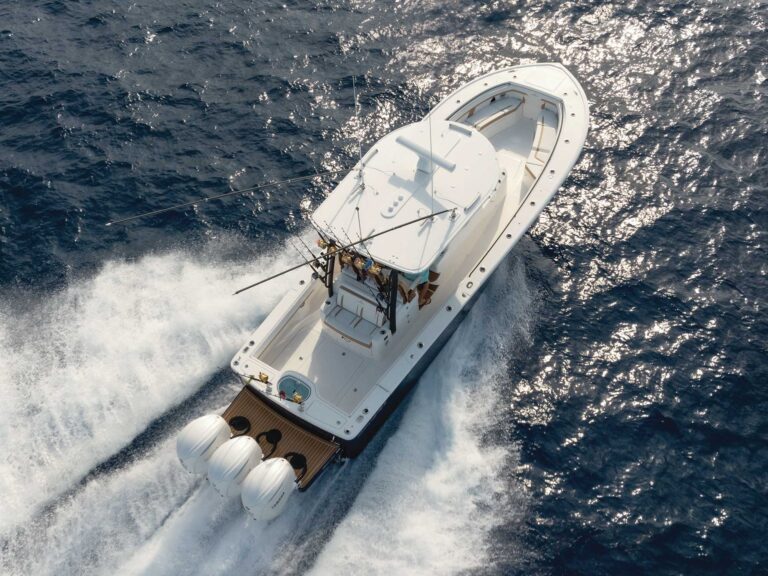
The Regulator 35 combines its proven deep-V running surface with innovative engineering and distinctive styling.
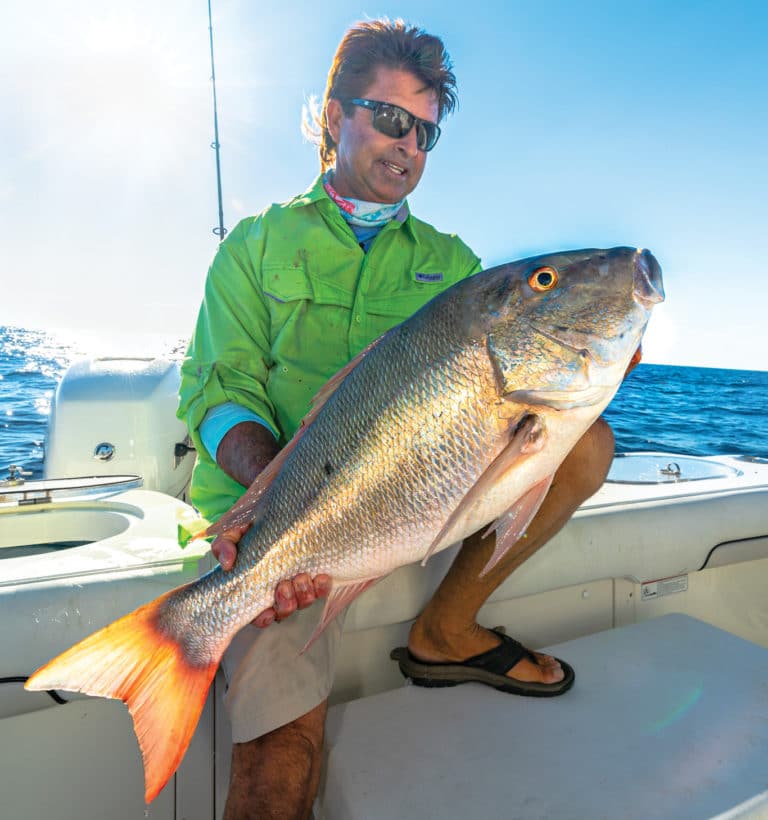
Long leaders lead to more success on spooky fish.

In California, clear poppers are the secret weapon for surface-feeding bluefins.

That huge fish you saw on the ocean’s surface swimming sideways and missing a tail? That’s a mola.